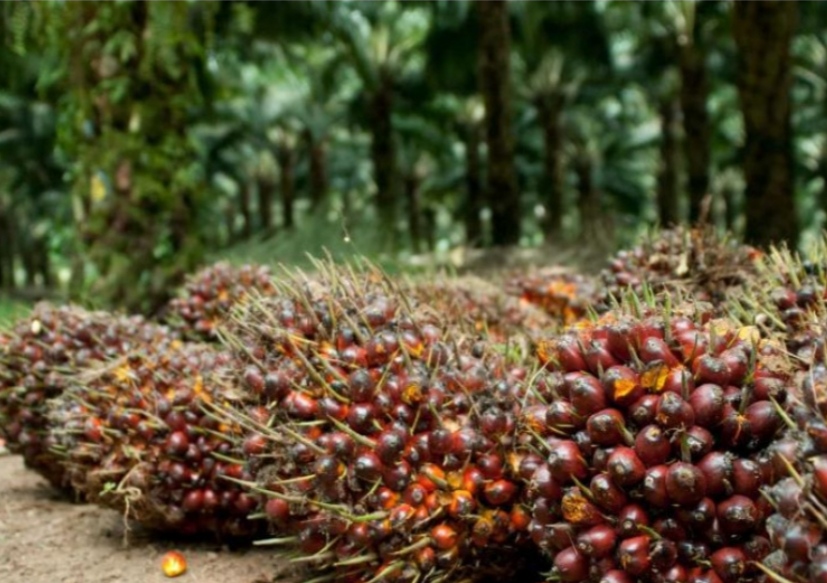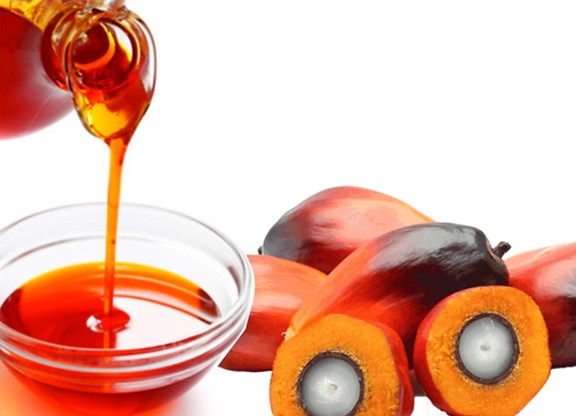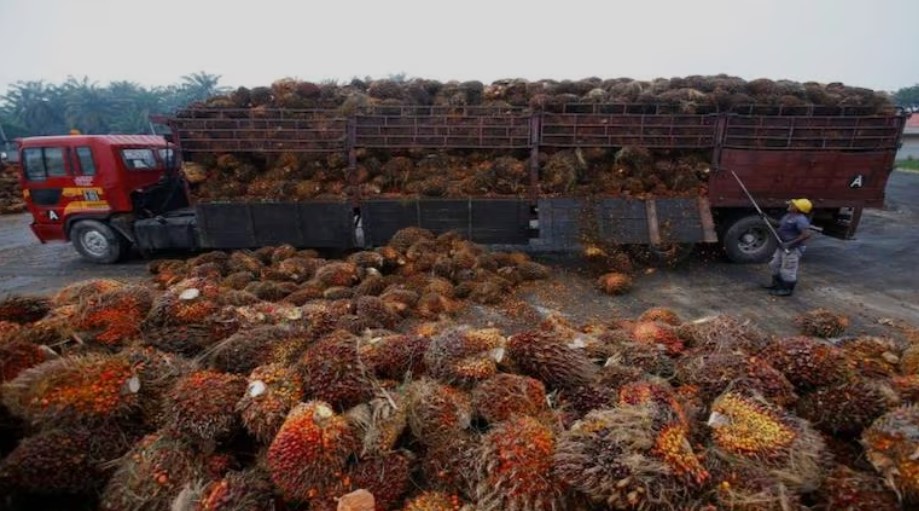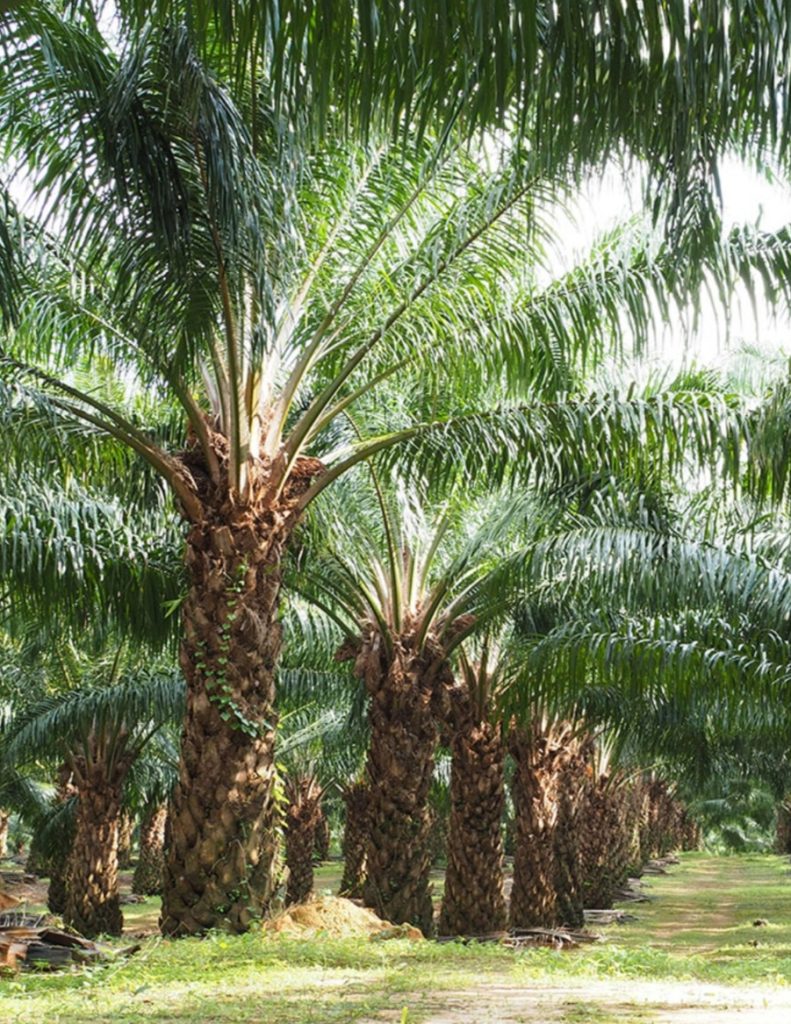

What Is Crude Palm Oil
Crude Palm Oil (CPO) is a type of vegetable oil that is derived from the fruit of the oil palm tree. It is an edible oil and one of the most widely used vegetable oils in the world. CPO is commonly used in food products, such as cooking oil, margarine, and snack foods, as well as in non-food products, such as soaps, detergents, and cosmetics.
The production of CPO is primarily concentrated in tropical regions, particularly in Southeast Asia and Africa, where oil palm trees are cultivated in large plantations. The extraction of CPO involves several steps, including harvesting and processing the oil palm fruit, separating the oil from the fruit, and refining the oil to remove impurities.
CPO has been the subject of controversy due to concerns about the environmental and social impacts of oil palm plantations, such as deforestation, habitat destruction, and labor exploitation. However, sustainable practices, such as certification schemes like the Roundtable on Sustainable Palm Oil (RSPO), have been developed to address these issues and promote responsible palm oil production.
Types of Crude Palm Oil
There are several types of crude palm oil, including:
Crude Palm Oil (CPO): This is the most commonly traded type of crude palm oil and is obtained by pressing the fruit of the oil palm tree.
Crude Palm Kernel Oil (CPKO): This type of crude palm oil is obtained by crushing the kernel or seed of the oil palm fruit.
Crude Palm Stearin (CPS): This is a fraction of crude palm oil that is solid at room temperature and is used in the production of margarine and shortening.
Crude Palm Olein (CPOo): This is a fraction of crude palm oil that is liquid at room temperature and is commonly used as a cooking oil.
Palm Fatty Acid Distillate (PFAD): This is a byproduct of the refining process of crude palm oil and is used in the production of soaps, detergents, and animal feed.
It’s worth noting that some of these types of crude palm oil are further refined into various grades of palm oil and palm oil products, depending on their intended use.
How To Make Crude Palm Oil

The process of making crude palm oil involves several steps, including harvesting, sterilizing, threshing, pressing, and clarification. Here are the basic steps:
Harvesting: The oil palm fruit bunches are harvested from the trees.
Sterilizing: The harvested fruit bunches are heated to sterilize them and prevent the growth of bacteria.
Threshing: The sterilized fruit bunches are then stripped of their fruits by a threshing machine.
Pressing: The fruits are then pressed to extract the crude palm oil.
Clarification: The extracted oil is then clarified to remove impurities.
The specific equipment used in each of these steps can vary depending on the scale of production and the technology being used. After the clarification process, the crude palm oil is usually stored in large tanks and transported to refineries for further processing into various grades of palm oil and palm oil products. It’s important to note that the production of crude palm oil can have environmental and social impacts, so it’s important to promote sustainable and responsible palm oil practices.
The History of The First Crude Palm Oil Production
The use of palm oil has a long history that dates back centuries. It is believed that the first crude palm oil was produced by the indigenous peoples of West and Central Africa, where oil palm trees are native. The oil was traditionally extracted by hand, using techniques such as pounding the fruit to remove the oil-rich mesocarp, which was then boiled to release the oil.
In modern times, commercial production of crude palm oil began in the early 1900s in Malaysia and Indonesia, which are now the world’s largest producers of palm oil. The development of modern technologies and methods for large-scale cultivation and processing of oil palm has led to a significant increase in the production and global trade of crude palm oil in recent decades.
Crude Palm Oil Producing Countries
Here are the top 10 crude palm oil producing countries in the world, based on data from the United States Department of Agriculture (USDA) for the 2020/2021 marketing year:
Indonesia
Malaysia
Thailand
Colombia
Nigeria
Papua New Guinea
Honduras
Ecuador
Guatemala
Cote d’Ivoire (Ivory Coast)
These countries account for the vast majority of global crude palm oil production. Other significant producers include Brazil, Ghana, and Liberia. It’s worth noting that crude palm oil production can have environmental and social impacts, and efforts have been made to promote sustainable and responsible practices through certification schemes like the Roundtable on Sustainable Palm Oil (RSPO).
The Largest Crude Palm Oil Consumer Countries

Here are the top 10 largest consumer countries of crude palm oil in the world, based on data from the United States Department of Agriculture (USDA) for the 2020/2021 marketing year:
India
China
European Union (EU-27)
Indonesia
Malaysia
Pakistan
Egypt
Bangladesh
Nigeria
Philippines
These countries account for the majority of global crude palm oil consumption. Other significant consumers include Thailand, Vietnam, Iran, and Turkey. It’s worth noting that crude palm oil consumption has been the subject of controversy due to concerns about the environmental and social impacts of oil palm plantations. However, sustainable practices and certification schemes like the Roundtable on Sustainable Palm Oil (RSPO) have been developed to promote responsible palm oil production and consumption.
Indonesia’s Crude Palm Oil Production
Here is a table showing Indonesia’s crude palm oil production from 2010 to 2021, based on data from the United States Department of Agriculture (USDA):
Year Crude Palm Oil Production (Thousand Metric Tons)
2010 20,060
2011 22,500
2012 26,500
2013 28,500
2014 31,000
2015 32,500
2016 35,000
2017 38,500
2018 43,000
2019 43,500
2020 42,500
2021 42,000 (estimated)
As the table shows, Indonesia’s crude palm oil production has steadily increased over the past decade, with a peak in 2018 at 43 million metric tons. Production has remained relatively stable since then, with an estimated production of 42 million metric tons in 2021. Indonesia is currently the world’s largest producer of crude palm oil, accounting for around 55% of global production.
Crude Palm Oil Importing Countries From Indonesia
Here are the top 10 importing countries of crude palm oil from Indonesia and their imports from 2020 to 2021, based on data from the Indonesian Palm Oil Producers Association (GAPKI):
India: 4.45 million tons (2020), 4.08 million tons (2021)
China: 4.2 million tons (2020), 4.1 million tons (2021)
European Union (EU-27): 3.4 million tons (2020), 3.2 million tons (2021)
Pakistan: 2.4 million tons (2020), 2.1 million tons (2021)
Bangladesh: 1.7 million tons (2020), 1.5 million tons (2021)
Philippines: 1.5 million tons (2020), 1.2 million tons (2021)
Egypt: 1.3 million tons (2020), 1.1 million tons (2021)
United States: 1.1 million tons (2020), 0.9 million tons (2021)
Nigeria: 0.9 million tons (2020), 0.8 million tons (2021)
United Arab Emirates: 0.8 million tons (2020), 0.7 million tons (2021)
Overall, Indonesia exported 27.8 million tons of crude palm oil in 2020 and 25.6 million tons in 2021. It’s worth noting that crude palm oil exports can be influenced by various factors such as demand, prices, and trade policies.
We are one of the crude palm oil exporters from Indonesia. We provide crude palm oil for the needs of the world and are ready to export according to the needs of our customers from all over the world. If you and your company are currently looking for a crude palm oil exporter, please do not hesitate to contact us at the number listed on this website.

